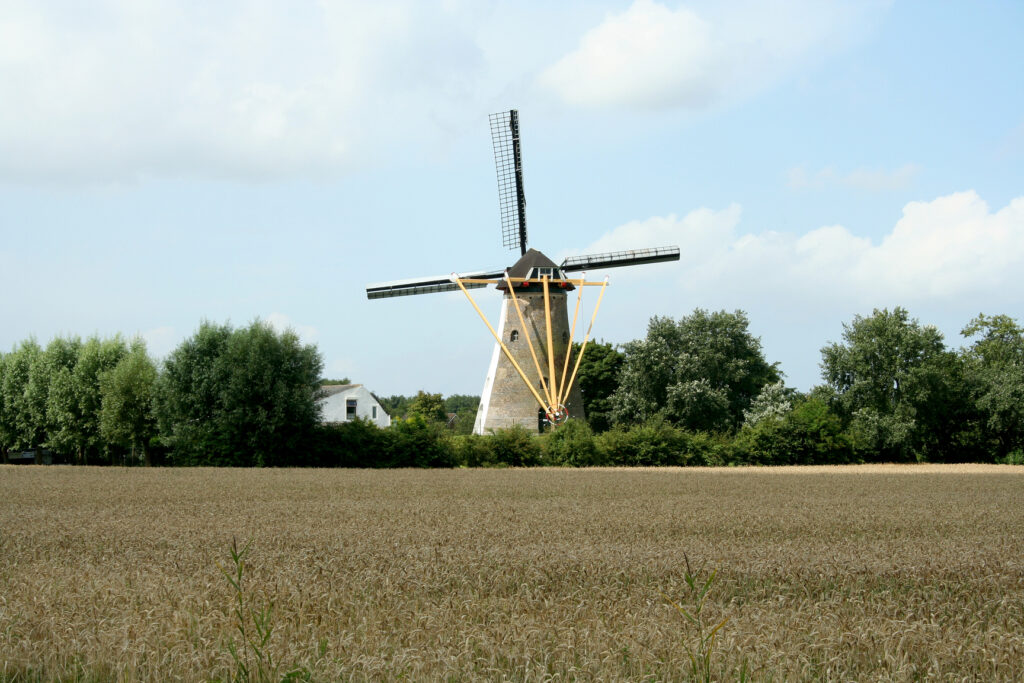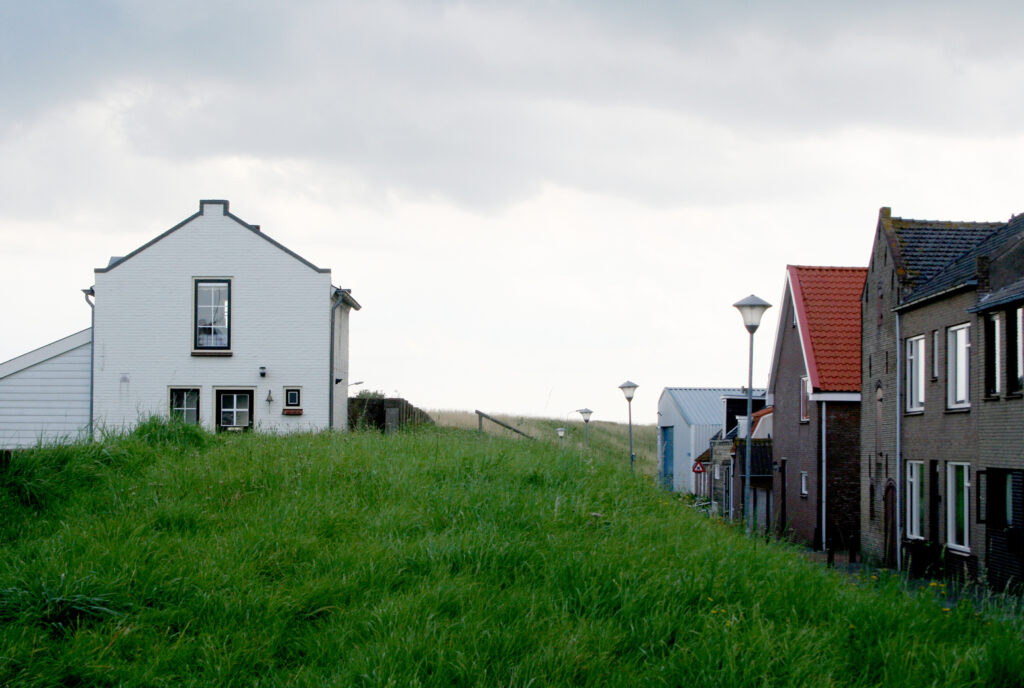colijnsplaat
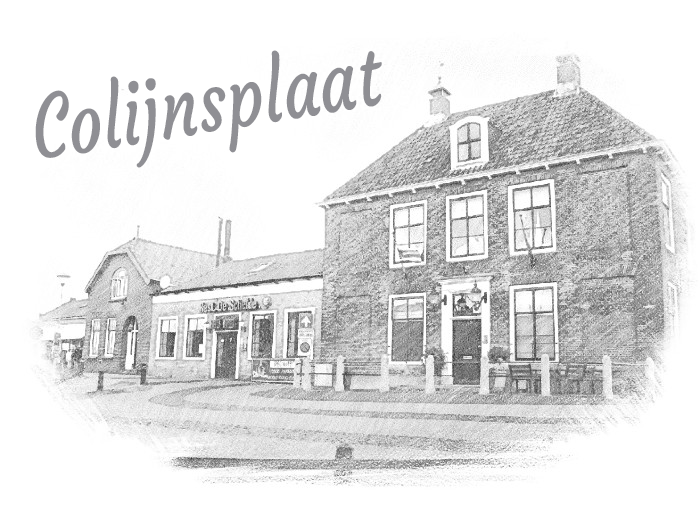
HERINNERINGEN AAN DE OVERSTROMING VAN 1953 EN HET Wonder van Colijnsplaat
In the annals of Dutch history, the year 1953 remains etched as one of the most tragic and catastrophic periods. Colijnsplaat, a serene coastal village in Zeeland, was among the areas that bore the brunt of one of the deadliest natural disasters ever to strike the Netherlands – the North Sea Flood of 1953.
On the night of February 1st, a devastating combination of a strong storm and exceptionally high tides conspired to breach the dikes, inundating vast stretches of land. Colijnsplaat, situated on the north shore of the Eastern Scheldt, faced the full fury of the unleashed sea, leaving the village submerged in a torrent of water.
A a number of men desperately tried to hold back the flood boards and buttress that threatened to collapse due to the high water. An inland vessel that had become detached from the storm happened to end up in front of the coupure as a breakwater and thus saved Colijnsplaat from flooding. This event is known as the Miracle of Colijnsplaat. The ‘Houen Boys’ monument in the old harbor of Colijnsplaat is a reminder of the miracle. It represents a rolling wave, the tide boards and a human hand. You will also find flood boards in Colijnsplaat near the denomination (dyke passage).
Today, Colijnsplaat stands as a living reminder of the indomitable spirit of the Dutch people and the transformative power of disaster mitigation efforts. The flood of 1953 left an indelible mark on the nation, shaping its approach to water management and ensuring that such a calamity is never repeated.

Windmill, the old mill.
The Oude Molen is a flour mill in the Dutch village of Colijnsplaat.
This flour mill was probably built in 1727, replacing an earlier standerdmolen on the same site. The mill, with a flight of 25 meters, has been equipped since 1959 with a streamline system and brake valves according to van Riet on the inner rod. This system was maintained when the rods were replaced in 1999. In the mill there are two pairs of grinding stones.
Colijnsplaat is a small village.
Gallo-Roman temple to the goddess Nehalennia

Near Colijnsplaat there was a Celtic settlement called Ganuenta, where possibly the Frisiavoni lived.
Here was a temple to the goddess Nehalennia. In 1970, a number of Nehalennia altars were retrieved from the Oosterschelde near Colijnsplaat. At the beginning of the 21st century, a Gallo-Roman temple was reconstructed in Colijnsplaat.
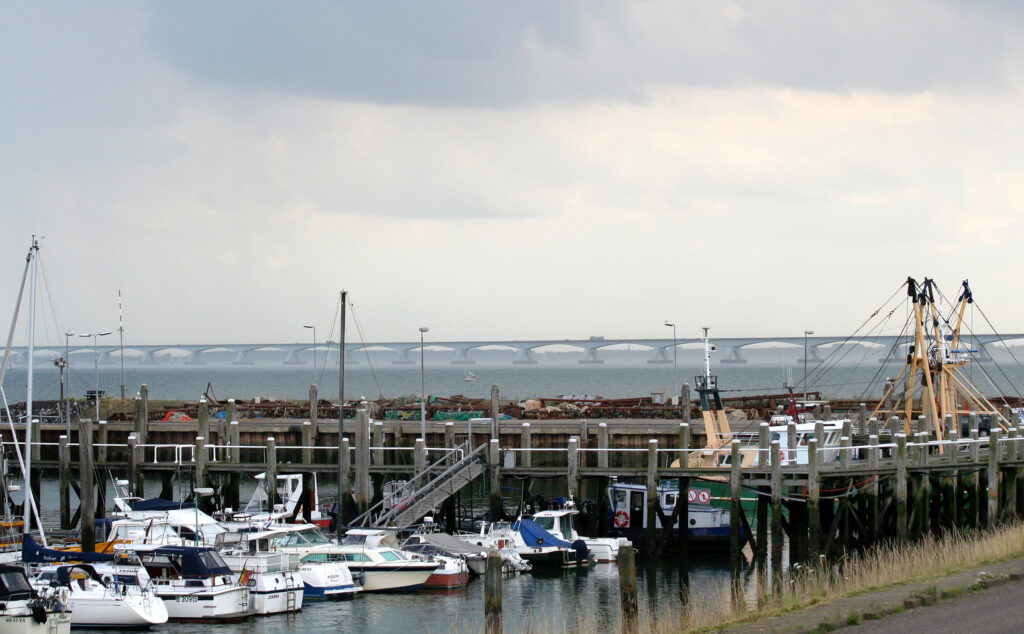
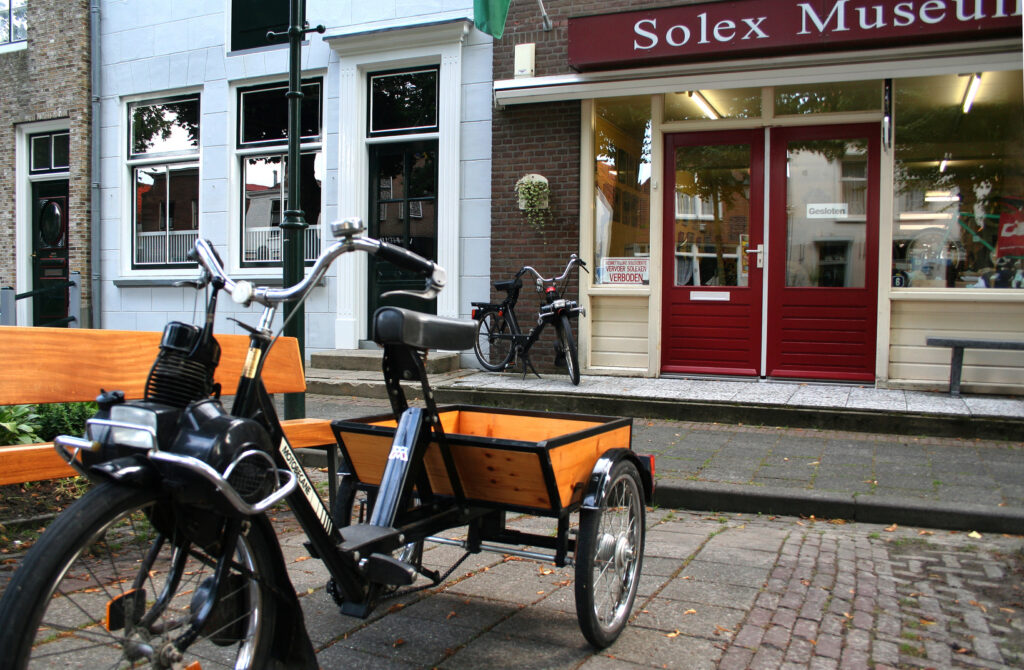

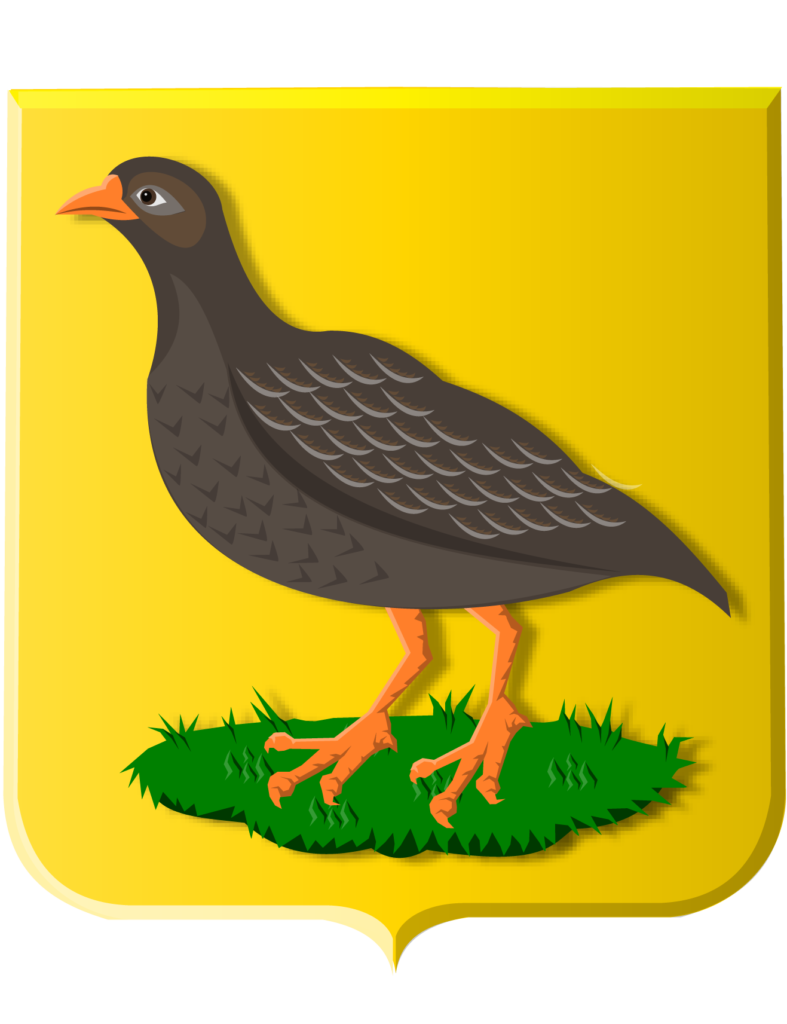
The lordship of Colijnsplaat was founded in 1599. From the 17th century, the lordship carried the coat of arms that it carried as a municipality between 1816 and 1941 as a municipal coat of arms. The municipality obtained the coat of arms by Royal Decree on 20 February 1816; this decision was confirmed on 31 July 1817.
The coat of arms was used until 1941, when the municipality merged it with Kats and Kortgene to form the new municipality of Kortgene. Why a partridge is depicted remains a mystery. The current Colijnsplaat was founded in 1598 after the diking of the Oud-Noord-Bevelandpolder. The name comes from the salt marsh Colinsplate that was then partially diked. The name of the marsh is mentioned for the first time in 1489. The village was planned as a front street village, with straight plots. A port was built for the transport of grain from Noord-Beveland to Schouwen-Duiveland.








